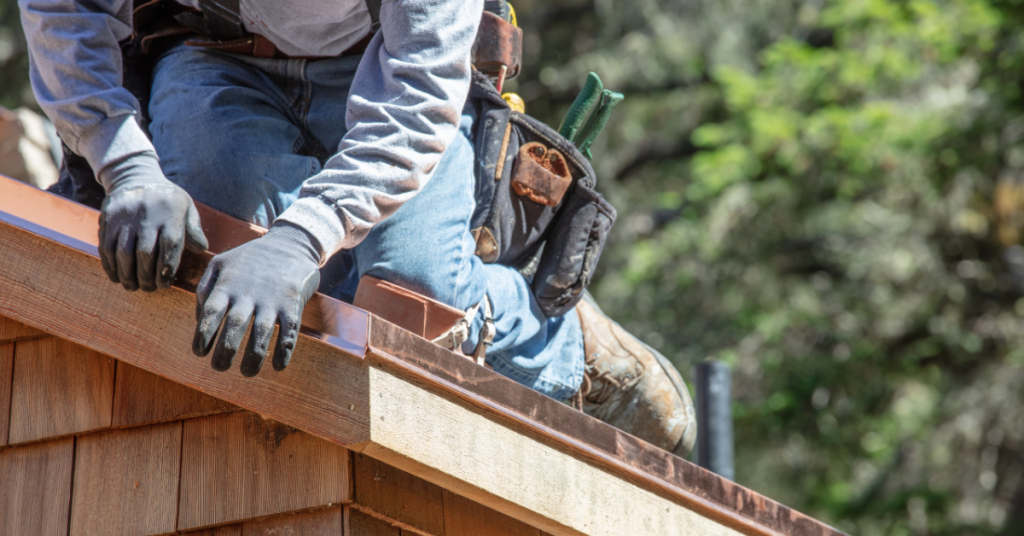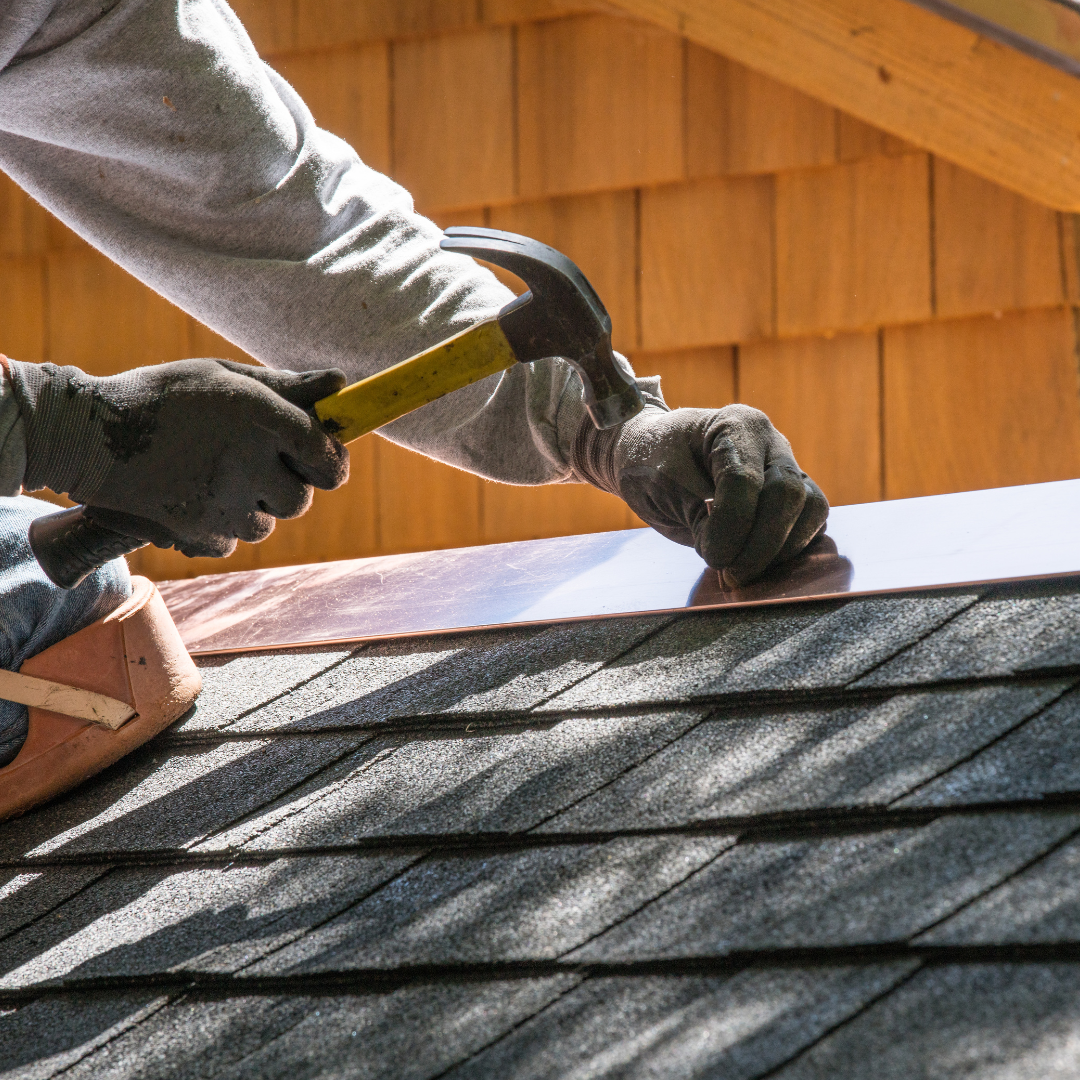When it comes to roofing, there are a lot of industry terms that can sound confusing—“roof flashing” being one of them. No, it’s not a superhero move (though it is kind of a roof’s secret weapon). At Legacy Roofers, we believe every homeowner deserves to understand the parts of their roof and how they work to protect their home. So, let’s break it down.
What Is Roof Flashing, and How Does It Work?
Roof flashing is a thin material—usually aluminum, galvanized steel, or copper—that’s installed at vulnerable areas on your roof to prevent water leaks. These areas include:
- Chimneys
- Skylights
- Roof valleys
- Vents and pipes
- Where the roof meets walls (step flashing)
Think of your roof like a puzzle. The shingles are the big pieces, but flashing is like the waterproof tape that seals the seams. It’s installed to redirect water away from joints or gaps that could otherwise let water sneak into your home.
Why Roof Flashing Is So Important
Water damage is sneaky—and expensive. Without proper flashing, rain and snowmelt can seep into the structure of your home, leading to:
- Rotted wood
- Mold and mildew
- Interior ceiling damage
- Damaged insulation
- Shortened roof lifespan
In Colorado, where we see heavy snow, hail, and temperature swings, well-installed flashing is non-negotiable. It’s not just a “nice to have”—it’s one of your roof’s first lines of defense.
Signs Your Roof Flashing Might Be Failing
Like any material, flashing wears out over time—especially under Colorado’s intense sun and freeze-thaw cycles. Here are common signs it’s time for repair or replacement:
- Rust or corrosion on metal flashing
- Cracks or breaks in the flashing
- Gaps between flashing and shingles or siding
- Water stains on ceilings or walls
- Loose or missing flashing after a storm
If you spot any of these issues, don’t wait. The longer water is allowed to leak in, the more costly the damage becomes.
Types of Roof Flashing You Should Know
There are different types of flashing used for different roof areas. Here’s a quick overview:
- Step flashing – used where the roof meets a wall (like dormers)
- Counter flashing – covers step flashing for added protection
- Vent pipe flashing – goes around plumbing pipes
- Valley flashing – lines the “V” where two roof slopes meet
- Drip edge flashing – installed along roof edges to prevent water from wicking under shingles
Should You Repair or Replace Roof Flashing?
That depends on the condition. Minor damage may be patchable, but if the flashing is cracked, rusted through, or improperly installed, replacement is the safest option.
At Legacy Roofers, we offer free roof inspections to assess your flashing and other vulnerable areas. We’ll let you know exactly what’s needed—no guesswork, no pressure.
Frequently Asked Questions About Roof Flashing
Q: How long does roof flashing last?
A: Properly installed metal flashing can last 20–30 years, but harsh weather may shorten that lifespan.
Q: Can I install or fix flashing myself?
A: Unless you’re experienced with roofing, it’s best to let a professional handle it. Poor flashing installation causes more harm than good.
Q: Is flashing included in a roof replacement?
A: It should be. At Legacy Roofers, we always inspect and upgrade flashing during full roof replacements to ensure your home stays protected.
Serving Colorado Homeowners with Trusted Roofing Services
Whether you’re in Loveland, Fort Collins, Longmont, Greeley, or anywhere between, our team at Legacy Roofers has you covered. Our experienced crews know exactly what to look for when inspecting flashing and preventing water damage before it starts.
Worried About Your Flashing? Let’s Take a Look.
Flashing may not be flashy—but it’s vital. If you suspect yours is damaged or just want peace of mind, call in the pros. At Legacy Roofers, we’ll give your roof a full inspection and show you exactly what’s going on.
👉 Schedule Your Free Roof Inspection Now



